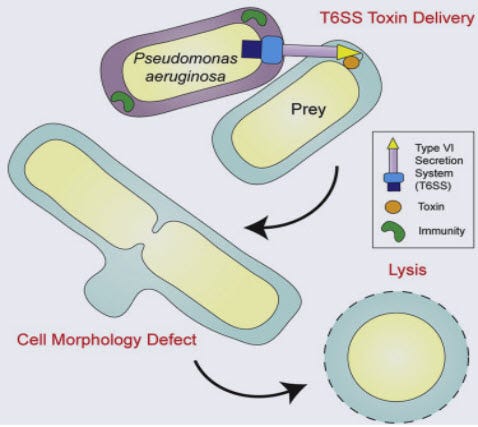Innovative Approaches to Combat Antibiotic Resistance
Written on
Chapter 1: The Battle Against Superbugs
Within the human body, an estimated 100 trillion microorganisms coexist, encompassing both beneficial and harmful bacteria. This ongoing conflict for dominance opens new avenues for creating defenses against the detrimental strains. Recent studies highlight that these microbial entities have become increasingly adept at evading the antibiotics designed to eliminate them. With the World Health Organization declaring this situation a global health crisis, the urgency to find effective solutions grows.
Researchers are diligently investigating the tactics bacteria utilize to resist antibiotics, aiming to develop drugs that can successfully counteract these defenses. It is clear that a comprehensive strategy is necessary to tackle these so-called "superbugs," which includes the creation of more potent medications alongside innovative methods to eradicate harmful bacteria. Recent research has focused on understanding the mechanisms of these bacteria to devise new strategies for combating them.
Basic Mechanisms of Antibiotic Resistance and Gene Spread by Marilyn Roberts, PhD. This video discusses the fundamentals of how bacteria develop resistance and spread genes that contribute to antibiotic resistance.
In one innovative study from Washington University in St. Louis, researchers engineered "traitor" bacteria to construct a graphene water filter capable of eliminating other bacterial strains. Additionally, a collaborative effort between Imperial College London and the University of Nottingham involved injecting predatory bacteria to target and destroy superbugs.
The focus of today's discussion centers on leveraging the inherent competition among bacteria to pit predatory strains against one another.

Chapter 2: The Mechanisms of Bacterial Warfare
Recent investigations by scientists at Imperial College London have delved into the intricate phenomenon of bacterial competition. Various bacterial species employ the Type VI Secretion System (T6SS) to engage in combat with one another. This system can be likened to ancient warfare tactics, where warriors would launch poisoned projectiles at their foes, as these microbes deploy a "molecular crossbow" to deliver toxic compounds that incapacitate rival bacteria.
"This newly identified 'toxic arrowhead' is just one of the many strategies utilized in this biological conflict," stated Alain Filloux, the lead researcher on the project. "Uncovering additional tactics employed in bacterial warfare could significantly aid researchers and the pharmaceutical sector in revitalizing the diminishing supply of effective antibiotics."
The team also identified another molecular weapon known as VgrG2b, utilized by Pseudomonas aeruginosa. The atomic structure of this toxin revealed that it is concentrated at the tip of the arrowhead, comprising an enzyme called metallopeptidase. This enzyme effectively dismantles cellular proteins. Upon invading the bacterial target, it embeds itself between the inner and outer membranes of the cell, halting its replication process. Consequently, the affected bacterial cell swells and ultimately bursts.
This research presents a promising avenue for the development of next-generation antibiotics that are urgently needed. Comprehensive findings from this study have been published in the journal Cell Reports.
Antibiotic Resistant Bacteria - This video explores the challenges posed by antibiotic-resistant bacteria and discusses potential solutions to this growing problem.